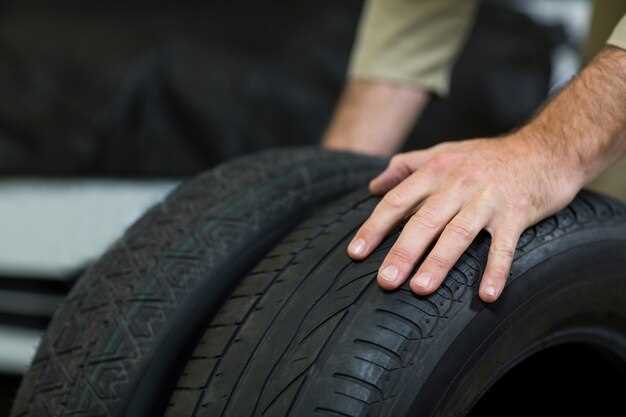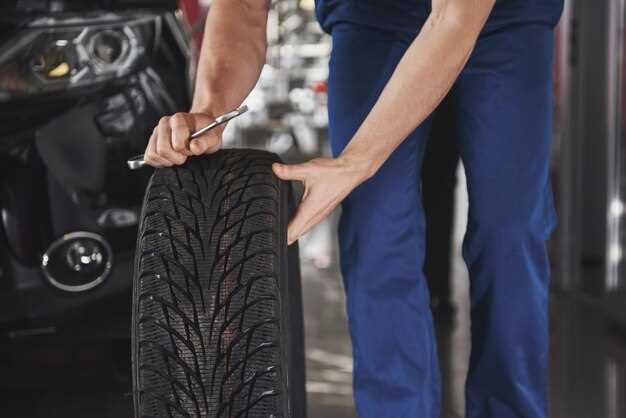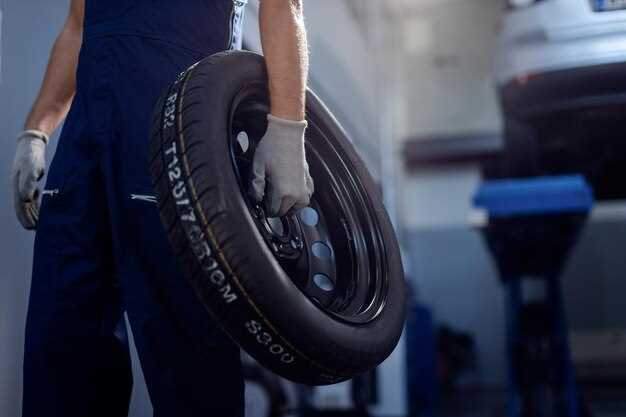
When it comes to maximizing your performance on track days, the tires you choose for your BMW can make all the difference. Selecting the right tires not only enhances your vehicle’s grip but also impacts your overall driving experience. With various options available, it is essential to understand how to choose the best tires suited for your specific needs.
Track days offer a unique opportunity for enthusiasts to push their vehicles to the limit. However, enjoying the full potential of your BMW requires more than just a powerful engine and skilled driving; the right set of tires plays a crucial role in ensuring optimal acceleration, braking, and cornering stability. In this article, we will explore the factors to consider when selecting tires tailored for the track, streamlining your decision-making process.
Whether you’re a seasoned racer or a novice looking to improve your lap times, understanding tire characteristics such as tread patterns, compound hardness, and performance ratings can demystify the selection process. By focusing on these aspects, you can confidently choose the ideal tires that will elevate your BMW track experience and help you achieve your driving goals.
Understanding Tire Types: Which Track Tires Suit Your BMW?

When preparing your BMW for track days, selecting the right tires is crucial for maximizing performance. Track tires are specifically designed to provide enhanced grip, improve handling, and deliver optimal performance under extreme conditions. Understanding the types of track tires available will help you make an informed decision that suits your driving style and vehicle capabilities.
Performance Tires are often the go-to choice for track enthusiasts. These tires offer exceptional levels of grip and are engineered to perform well in both dry and wet conditions. They provide a stiffer sidewall than regular road tires, which leads to improved responsiveness and cornering stability. When selecting performance tires for your BMW, consider models that have a high treadwear rating, as this typically indicates a balance between longevity and grip.
Racing Slicks are another option, providing maximum traction on dry pavement. These tires have no tread pattern, which allows for a larger surface area to make contact with the track, enhancing grip significantly. However, keep in mind that they are not suitable for street use and should only be used when conditions are ideal. If you plan on participating in competitive racing, slicks may be the best choice for peak performance.
All-Weather Tires offer a compromise between everyday driving and occasional track use. While they do not match the ultimate performance of dedicated track tires, they provide a practical solution for those who occasionally hit the track but also need their vehicle for daily commute. They help maintain a reasonable level of performance in various weather conditions, making them a versatile option.
Ultimately, the best track tires for your BMW will depend on your driving preferences, the specific track conditions, and how often you intend to use them for racing. It’s essential to analyze your goals and choose a tire that will not only boost your performance but also ensure safety on the track.
Performance Factors: How to Evaluate Grip and Durability for Track Use
When selecting tires for track days, especially for high-performance vehicles like BMWs, understanding grip and durability is crucial. Grip determines how well the tires can maintain traction during high-speed turns and acceleration, while durability ensures they can withstand the rigorous demands of track conditions without significant wear.
The first factor to consider is the tire compound. Softer compounds generally provide better grip because they conform to the road surface more effectively. However, they often have a shorter lifespan under track conditions. In contrast, harder compounds may last longer but may sacrifice grip, particularly in high temperatures. Balancing these factors is essential for optimal performance on track days.
Next, tread design plays a significant role in traction. Tires designed specifically for track use often feature a slick or semi-slick tread pattern that maximizes contact with the asphalt. This design minimizes the space between the tire and the track, enhancing grip levels during cornering and braking. It’s important to choose a tread pattern that matches the specific characteristics of the track you will be driving on.
Another critical aspect is temperature management. Tires must reach an optimal operating temperature to provide maximum grip. Understanding the heat cycle of the chosen tires helps in determining their effectiveness. For instance, some tires may require more time to heat up adequately, which could affect performance during a timed lap. Consider tire options that heat quickly for immediate performance, especially on short track sessions.
Finally, evaluating tire durability involves assessing wear characteristics. High-performance tires designed for track use will exhibit specific wear indicators. Regular inspections during track days can help monitor tread wear and ensure you’re getting the most out of your tires. Choosing tires that can endure the specific stressors of track driving will ultimately enhance your BMW’s performance and your overall experience on the circuit.
Tire Setup and Maintenance: Tips for Optimal Performance on Track Days

To maximize performance on track days, it’s crucial to choose the right tires for your BMW. Start by selecting high-performance tires that suit your driving style and the track conditions. Consider factors such as compound, tread pattern, and weather conditions. Racing slicks provide maximum grip in dry conditions, while intermediates are ideal for varying weather.
Next, ensure proper tire pressure before hitting the track. Check the manufacturer’s recommendations and adjust based on track temperature and driving style. Lower pressures can enhance grip but may lead to overheating, while higher pressures reduce grip but improve stability. Monitor tire temperatures throughout the day to find the optimal settings for your specific conditions.
Another key aspect of tire setup is alignment. Ensure your BMW’s alignment is within the recommended specs for track driving. Slight negative camber can improve cornering performance, while proper toe settings can enhance stability. Regularly check your alignment and make adjustments as needed to maintain optimal handling characteristics.
Lastly, maintain your tires throughout the track day. After each session, inspect for signs of wear, such as uneven tread or cuts. Rotate your tires if necessary to ensure even wear across all tires. By paying close attention to tire maintenance, you can prolong their lifespan and enhance your BMW’s performance on track.
